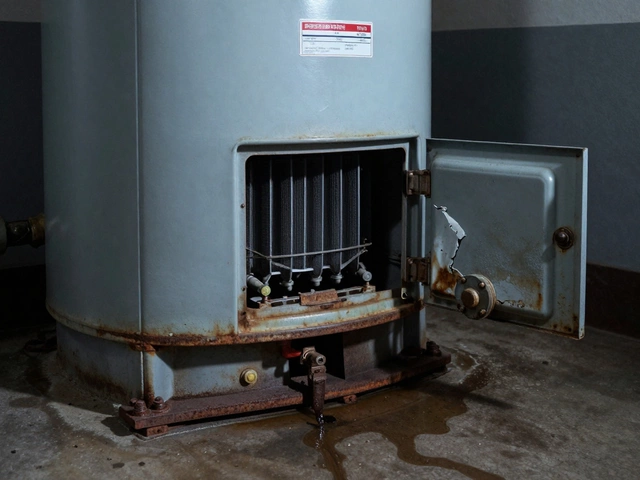Microwave Fuse: Quick Test & Replacement Guide
If your microwave stops heating, clicks, or won’t turn on, the fuse is often the first suspect. A blown fuse cuts power to the magnetron or control board, leaving the oven dead but otherwise fine. Checking the fuse is cheap, fast, and you can do it without calling a technician.
Why a Fuse Fails
Microwaves run on high voltage. The fuse protects the internal circuitry from power spikes, short circuits, or a faulty magnetron. When the magnetron overheats or a component shorts, the fuse burns out to stop damage. Age, moisture, and repeated power surges also wear the fuse thin over time.
Most microwaves use a simple glass or ceramic cartridge fuse rated between 250 V and 500 V. The rating is printed on the metal caps. Using the wrong rating can cause another blow or even a fire, so always match the original part.
Step‑by‑Step Replacement
1. Unplug the microwave. Safety first – disconnect the appliance from the wall and wait a minute for any stored charge to drop.
2. Locate the fuse. Usually it sits behind the microwave’s outer casing or on the control board. Look for a small glass tube with metal ends; it may be labeled “FUSE” on the board.
3. Remove the old fuse. Gently pull it out with needle‑nose pliers. If it’s stuck, wiggle it a bit, but don’t force it.
4. Test the fuse. Use a multimeter set to continuity or resistance. Touch one probe to each metal end – a good fuse shows near‑zero resistance (or a beep). No beep means it’s blown.
5. Install the new fuse. Match the rating exactly, then push it into the same slot. Make sure it sits flat and the metal ends contact the terminals.
6. Re‑assemble and test. Snap the outer cover back, plug the microwave in, and try a quick heat cycle. If it works, you’ve saved a call‑out. If it still won’t run, the problem may lie deeper, such as a bad magnetron or control board.
When buying a replacement, local appliance parts shops or online stores list “microwave fuse” plus your model number. Keep the old fuse handy as a reference for size and rating.
Even though the job is simple, always wear gloves and avoid touching the internal high‑voltage capacitor – it can hold a charge for minutes after unplugging. If you feel unsure, a quick call to a local repair service like Hinckley Home Appliance Repair can give you peace of mind.
Remember, a blown fuse is a warning sign, not just a broken part. Regularly cleaning your microwave’s interior, avoiding metal utensils, and using a surge protector can reduce future fuse failures.
By testing and replacing the fuse yourself, you cut downtime and save money. Keep a spare fuse in your toolbox, and you’ll be ready the next time your microwave goes quiet.
18 May 2025
·
0 Comments
A dead microwave can be a real headache, and a blown fuse is a common reason your microwave suddenly stops working. This article breaks down the easiest ways to tell if your microwave fuse is blown using practical steps and basic tools, plus tips for fixing it safely. You'll learn how to spot signs of a blown fuse, where it’s located, and how to replace it without calling an expensive repair tech. Be ready to get your microwave back in action quickly and safely. This isn’t just about appliances—it’s about saving time and money.
Read more


